Key Takeaways
An invoice number is a unique set of codes typically located at the top of an invoice in the header section. It will usually be a sequential number or alphanumeric characters systematically assigned to each invoice, facilitating organized tracking and management.
Most businesses (48%) handle up to 500 invoices monthly, so having a consistent and accurate invoice numbering system essential to keeping your business running smoothly.
Despite appearing minor, the invoice number is crucial in any invoice. Every invoice should include a unique number to sort and identify different transactions efficiently.
Throughout this article, you’ll discover essential information about invoice numbers, including what an invoice number is, why it is important, and how to generate your own system. We'll also provide tips for effective invoice numbering and common mistakes to avoid.
What is an Invoice Number?
An invoice number is a unique set of codes that are typically located at the top of an invoice in the header section. In most cases, it will be a sequential number or alphanumeric characters that is systematically assigned to each invoice (if it was done correctly).
An invoice number is used as an identifying and organizational feature on an invoice. Invoice numbers can help a business keep track of its expenses and incoming payments in an organized manner.
It can be made up of just numbers, letters, unique characters, or a combination of these. However, if you regularly issue invoices, you should keep a consistent numbering system to ensure a systematic and effective invoicing management process.
Why Are Invoice Numbers Important?
Assigning invoice numbers to each invoice is crucial for running your business smoothly. A unique numbering system organizes invoices for tax and accounting software purposes. Without easily identifiable invoice numbers, businesses might struggle with auditing or retrieving specific invoices.
This is taking into consideration the fact that most businesses (48%) are handling up to 500 invoices each month. Therefore, invoice numbers are crucial in helping companies to track payments and monitor cash flow.
At Statrys, we use invoice numbers not just for efficient record-keeping but also as a key compliance tool. They ensure every transaction is transparent and aligns with Hong Kong's strict financial standards.
This practice is vital for us and any Hong Kong-based business to maintain credibility and adhere to local regulations. Implementing a robust system for invoice number tracking is, therefore, essential for success in this market.
How to Assign Invoice Numbers & Examples
There's no universal format that every business follows to number invoices, but consistency is vital. You can formulate your invoice number based on your preference. Still, each new invoice you issue should follow a chronological invoice numbering system where the number increases sequentially from the previous one.
An alphanumeric combination is recommended to create a unique invoice identifier. This configuration consists of numbers and alphabets, such as STAT001 or TR-2023-053.
Here are 4 ways to incorporate alphabets or numbers in an invoice numbering method to make it unique and professional. The best format will depend on your needs and preferences, which we will explain next.
1. The Basic Configuration
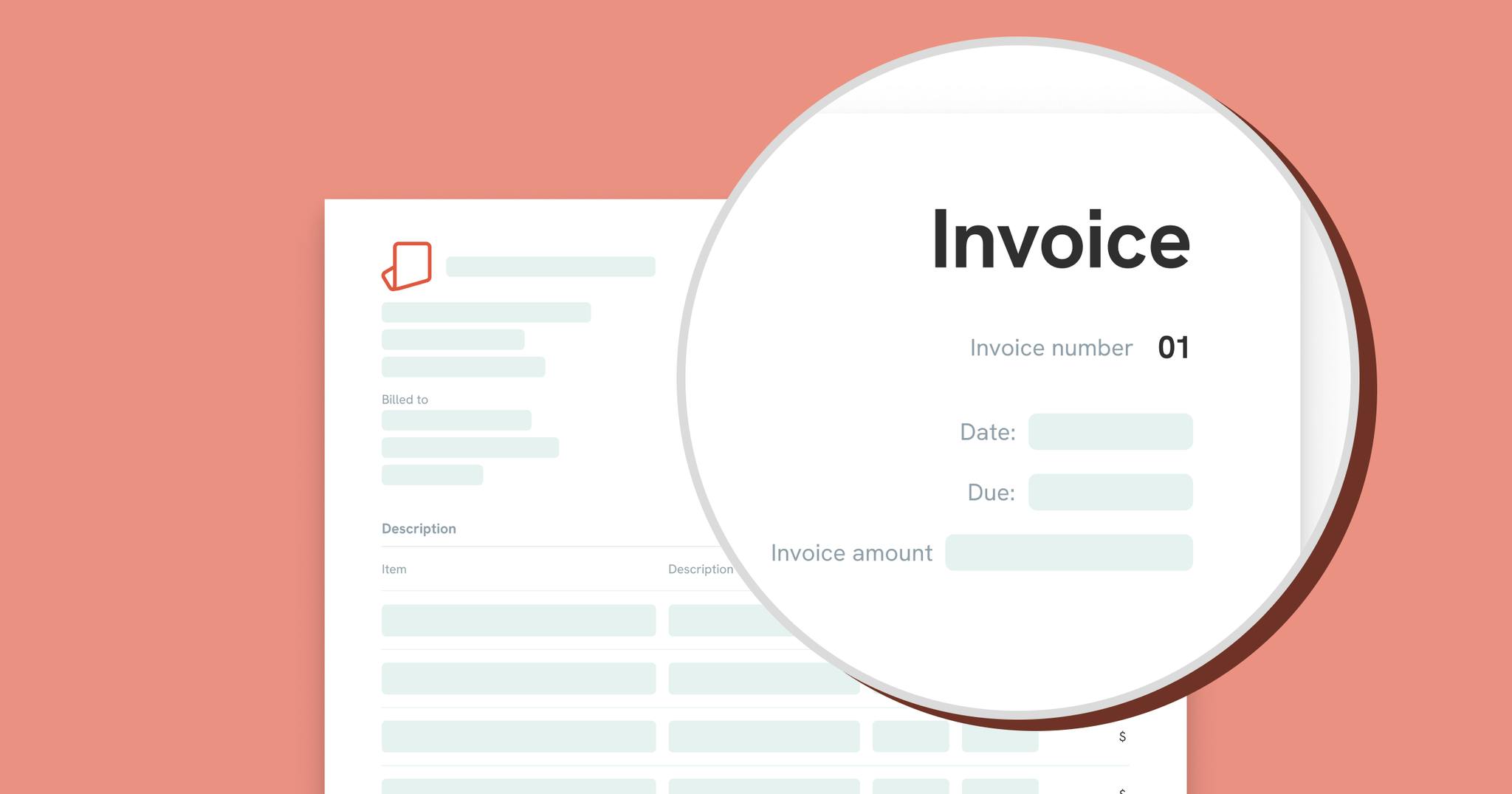
Some people prefer to keep things simple and use sequential invoice numbers using only numbers. This may be problematic as a business scales and takes on more customers or clients.
Usually, basic invoice numbers will not have any identifying characters or allocated references to a particular client or timeframe.
Here are two examples of a basic invoice number system:
- Invoice numbers: 01, 001, 0001, etc.
- Invoice numbers: 1, 2, 3, 4, etc.
You may notice that the number of zeros changes in the left box of the above example. Using zeros before your sequential invoice numbers, systematically set up your invoice to cater to a high number of subsequent invoices. The example to the right is a less common way of numbering invoices, but it works the same.
2. Use Company Initials
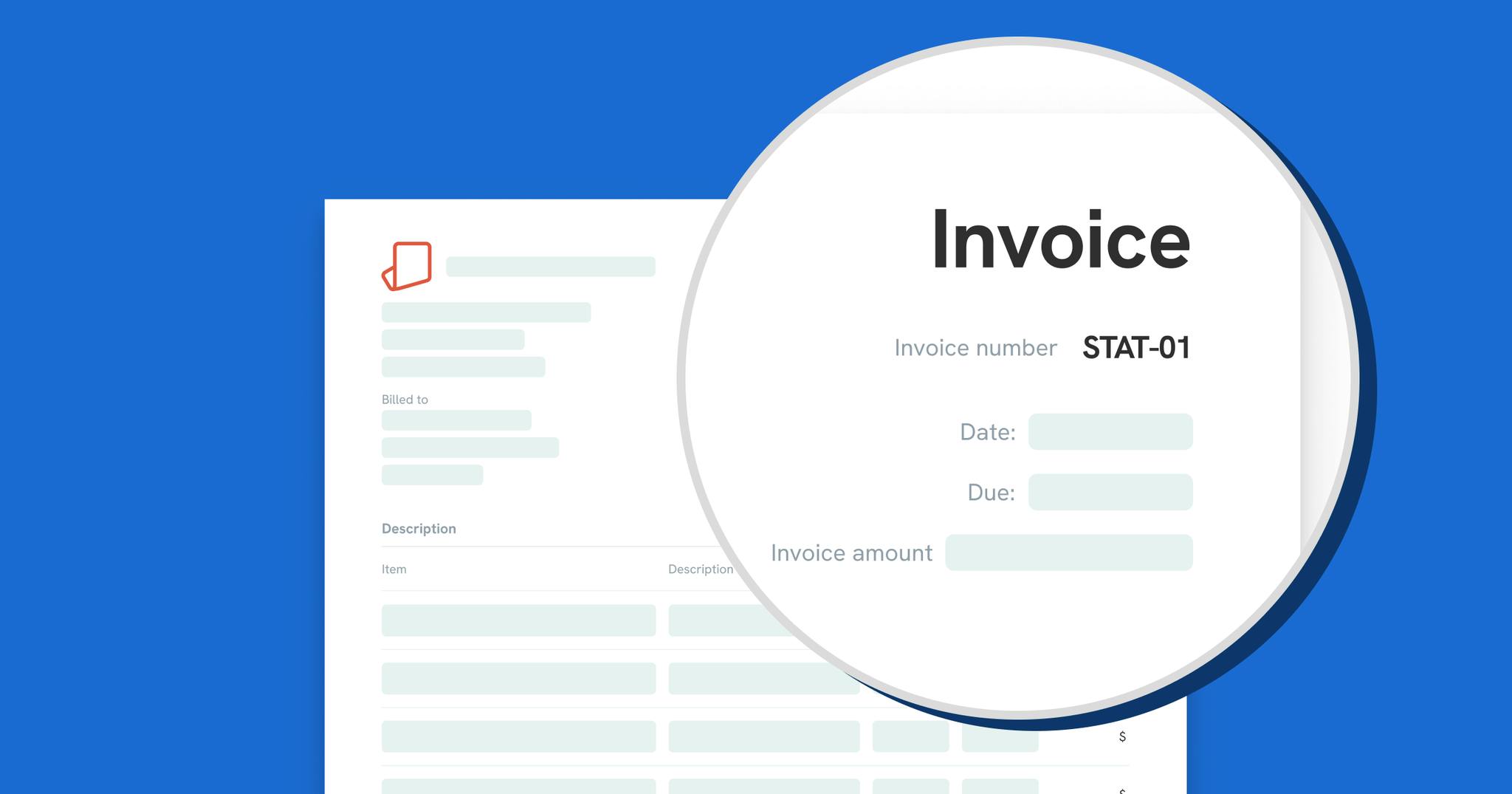
Including a part or an abbreviation of a company name in an invoice number can make grouping invoices much easier and more effective than using the format with only numbers.
This sequential numbering system facilitates businesses to keep an organized record of invoices and customers to identify the issuer if they purchase from multiple vendors.
Generally, a sequential set of numbers would follow the company’s abbreviation.
Use Company Initials: Including your company's initials in invoice numbers helps group invoices. For instance, STAT001, STAT002, etc.
3. Use Numeric Representation of Clients or Projects
Instead of using letters to identify the customer or client, you can allocate a specific number to each customer. This number could be based on the system you have to record each new customer.
If you have multiple projects with a customer, you can be even more thorough and allocate a project number. This could be useful if payment is divided to be paid at different intervals.
For example, Statrys is the 51st client to whom a business has provided services or supplies. The company requesting payment uses a sequential system when allocating a representative customer number. In this case, the number 51 represents Statrys in the invoice number.
Numeric Representation of Clients or Projects: Assign a specific number to each client or project. For example, BL-51-001 for Statrys, BL-51-002, and so on.
4. Integrate Issue Date in Invoice Sequences
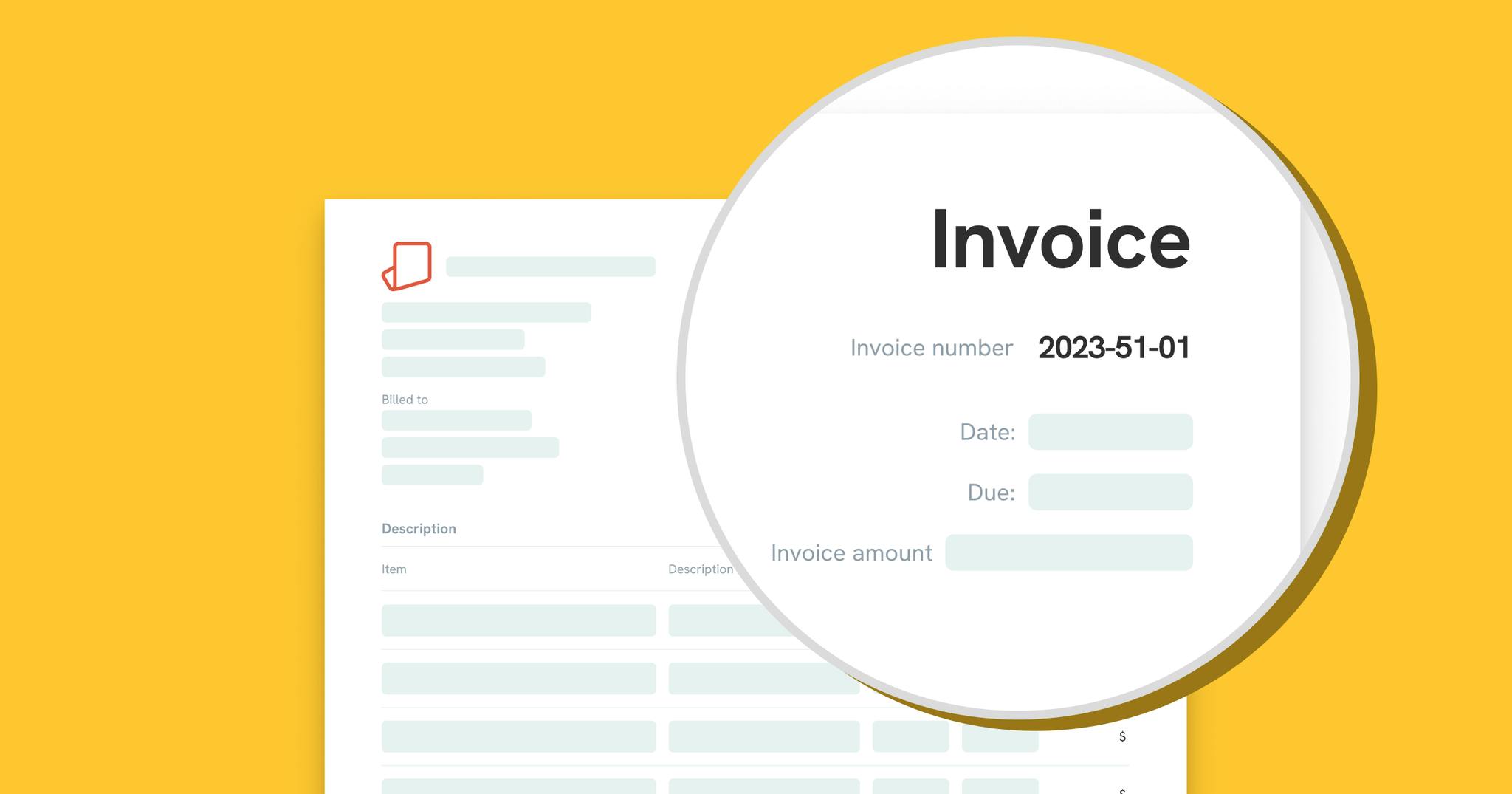
Incorporating the issued date into your invoice number can also serve as an effective identifier. You could include the full date or omit the day in the numbering sequence, meaning your invoices will be organized by month and year only.
A simple way of formatting the date into an invoice number is DDMMYYYY or DD-MM-YYYY. After the date, numbers such as 001 or 01 should follow sequentially.
If multiple invoices are issued on the same day, the tail end of the invoice numbers can differentiate each of them.
Integrate Issue Date: Use a format like ST01012024-001, ST01012024-002, etc., to include the issue date in your invoice numbers.
5 Tips When Numbering a New Invoice
Here are some useful tips and common mistakes to avoid when choosing your invoice number system.
1. Use a consistent numbering system:
No matter how you format your invoice number, consistency is the key to maintaining an organized record to optimize your financial management.
2. Avoid random numbers:
To optimize your invoicing management process, you should make each set of numbers or alphabets identify information about the transaction, such as year, company abbreviation, or project number.
3. Apply chronological order:
Starting the sequence of your invoice numbers from smaller digits helps organize your invoicing and makes retrieving one from the record easier.
4. Don’t use only numbers:
Even though we used numbers in the "basic configuration invoice" example, using only numbers in the combination risks duplicating invoice numbers. If you are handling many invoices, we recommend you use an alphanumeric system that combines both alphabets and numbers instead.
5. Don’t leave the number out:
Including the invoice number is mandatory. Keeping an organized track of your transaction would be impossible without an invoice number.
What to Do With Invoice Number Errors?
In case of errors in invoice numbers, such as duplicate numbers, you should not simply delete that invoice as it can disrupt the sequential order, as well as cause issues in financial tracking and auditing.
Here’s what you can do when you detect mistakes in the invoice numbers:
- If the Invoice Hasn't Been Sent: You can correct the number before sending it to the client. If the number was hand-written, you should also sign to verify your change.
- If the Invoice Is Sent but Not Paid: Notify the client of the error and issue a revised invoice with the correct number. You should mark the invoice containing the error as void.
- If the Invoice Is Paid Under the Wrong Number: Document the error, issue a credit note against the incorrectly numbered invoice, and reissue a new invoice with the correct number. Ensure both the error and correction are clearly recorded for accurate financial tracking.
We always include an invoice number for all sales we make. The invoice number makes it easy to pull up the transaction and provide accurate assistance to our clients.
Do you always include an invoice number on your invoice? Why?
Yes, we always include an invoice number for all sales we make. It helps us maintain accurate records, especially when clients reach out to us about the equipment they purchased a few days or months ago.
How does an invoice number help in your invoicing management?
Do you always include an invoice number on your invoice? Why?
Yes, we always include an invoice number for all sales we make. It helps us maintain accurate records, especially when clients reach out to us about the equipment they purchased a few days or months ago.
How does an invoice number help in your invoicing management?
Use Invoicing Software for Invoice Numbering
Many factors can influence how a business formulates invoice numbers. Most of the time, businesses would have to change their original invoice numbering system as the company expands and needs to be more organized.
Using invoicing software can help you create, manage, and keep track of your invoices effectively. With everything in one place, you can streamline your invoicing process and management, including generating invoice numbers. Here's how you can get started -
💡 Tip: If Statrys invoicing software is not for you, we have created a list of the 5 best free invoicing tools for you to consider as well.
Step 1: Sign up for Statrys Invoice Software
Visit https://invoice.statrys.com/signup and sign up by providing only an email and creating a password.
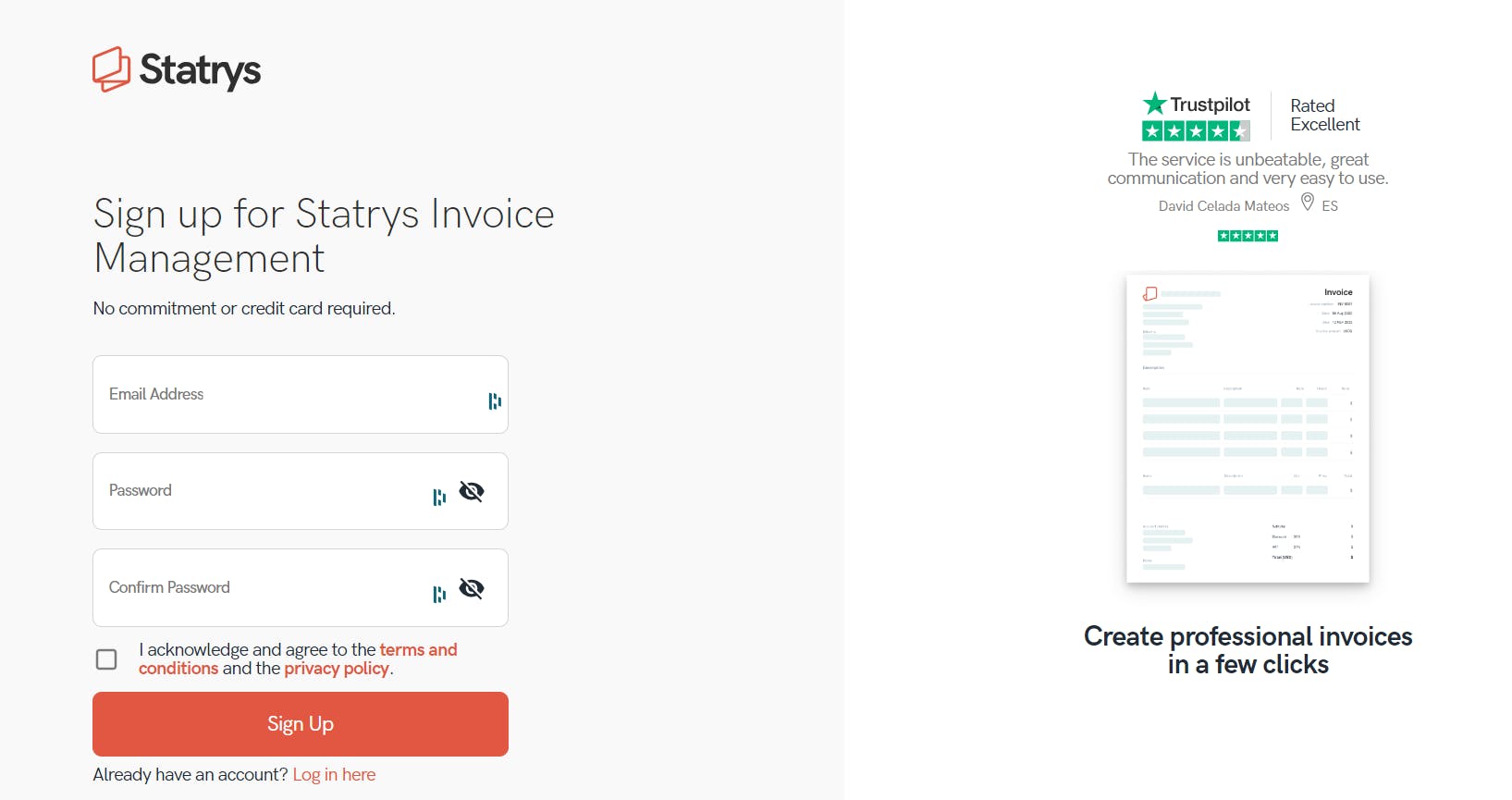
Step 2: Log in to your Account and click "Create Invoice."
Once you complete the signup and log in, you will arrive on this dashboard. At this step, click the red button on the top right that says "Create Invoice."
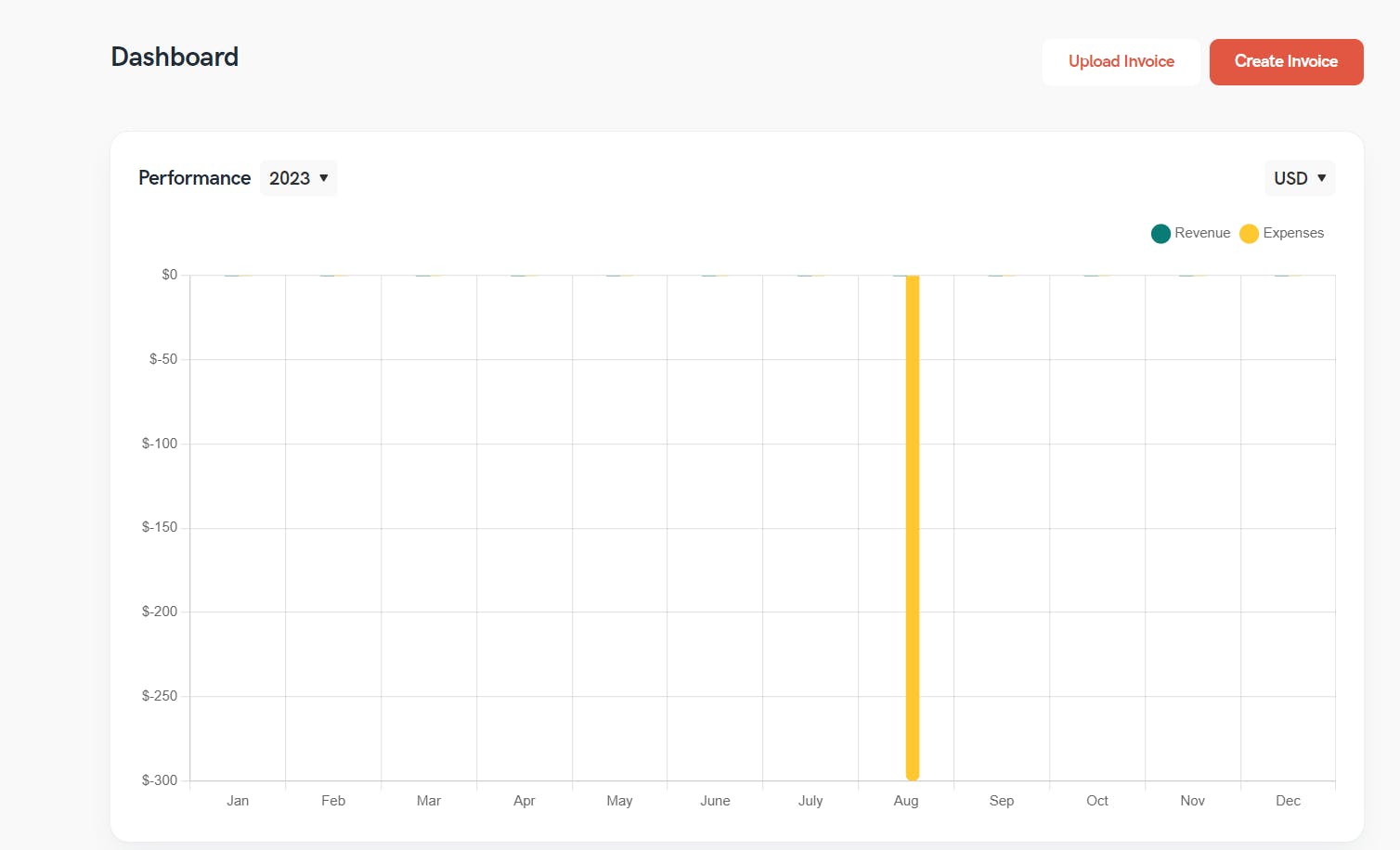
Step 3: Add Your Invoice Details and Invoice Number
In this step, you add all the invoice details, including the description, price, due date, and, most importantly, your invoice number. After adding all the details, click "Finalize" to finish the invoice creation process.
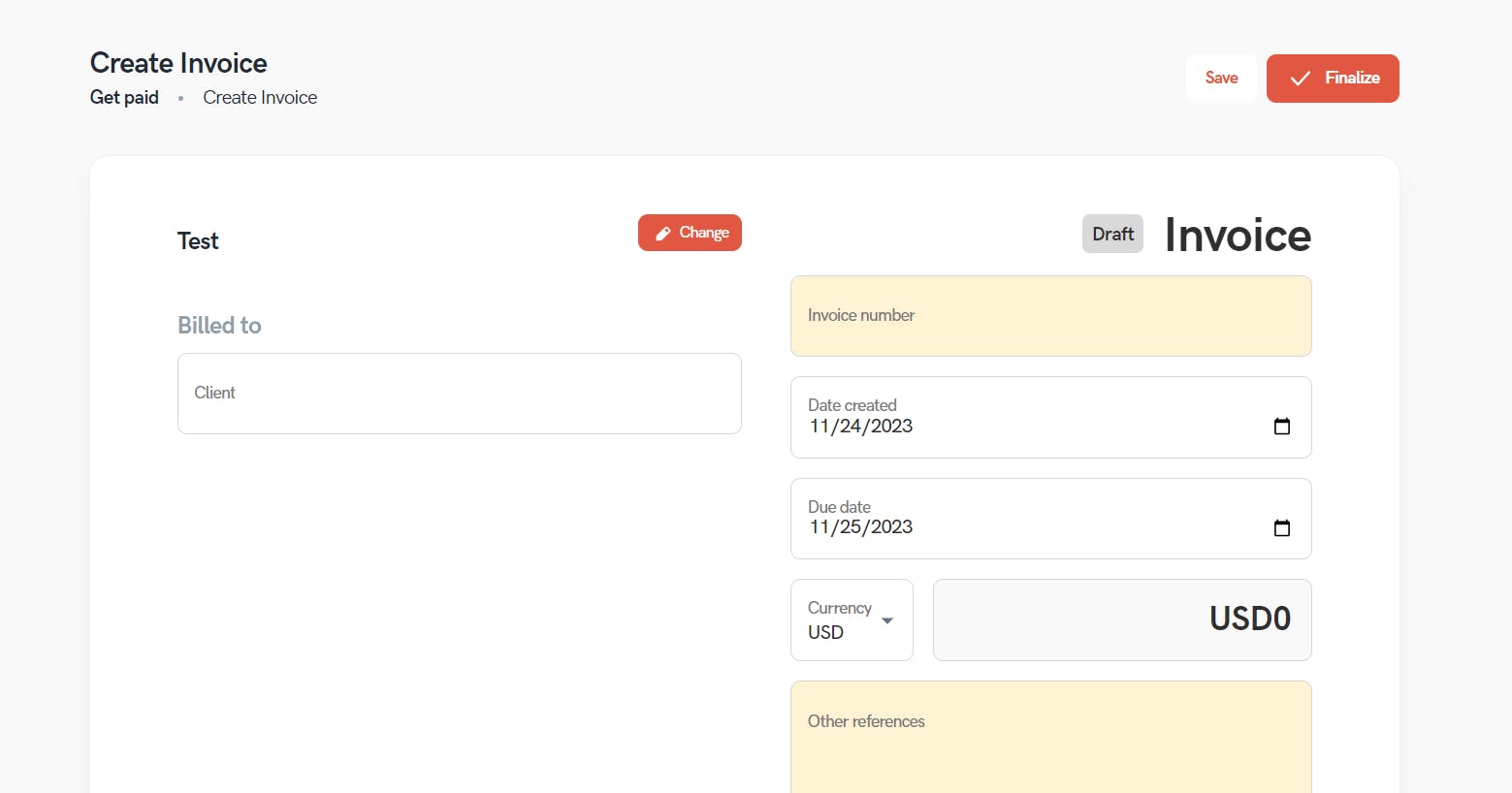
Step 4: Choose How To Send Your Invoice
Now it is time to choose how you want to send your invoice to your clients, whether it's sharing a link or sending it by email. And that's it!
After the client has paid, you can mark it as paid and continue creating invoices using the invoice number system that we have discussed in this article.
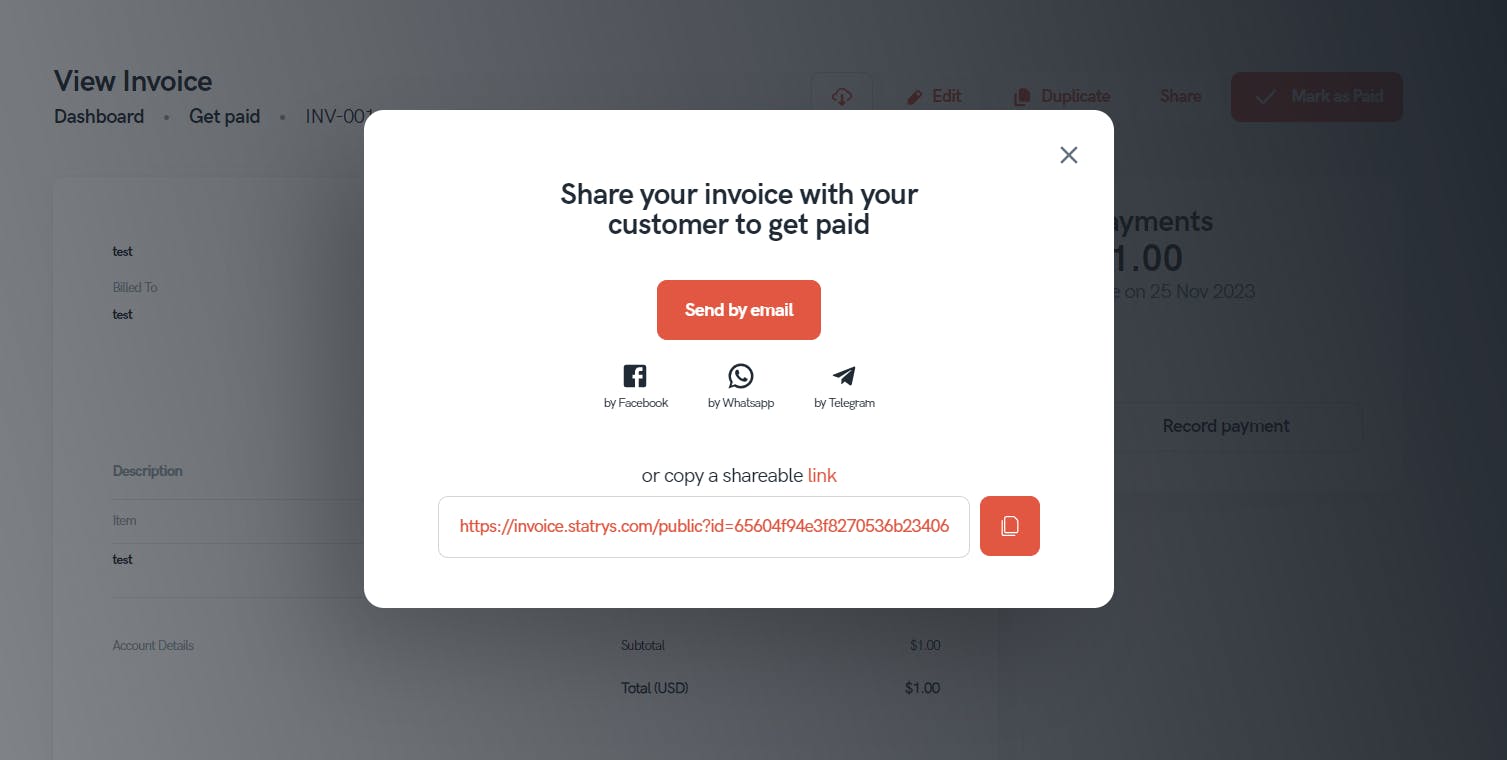
FAQs
How do I find an invoice number?
An invoice number is typically located near the top of the invoice, on the right or left side of the page. It is often accompanied by the date the invoice was issued and the name and contact information of the issuer.










